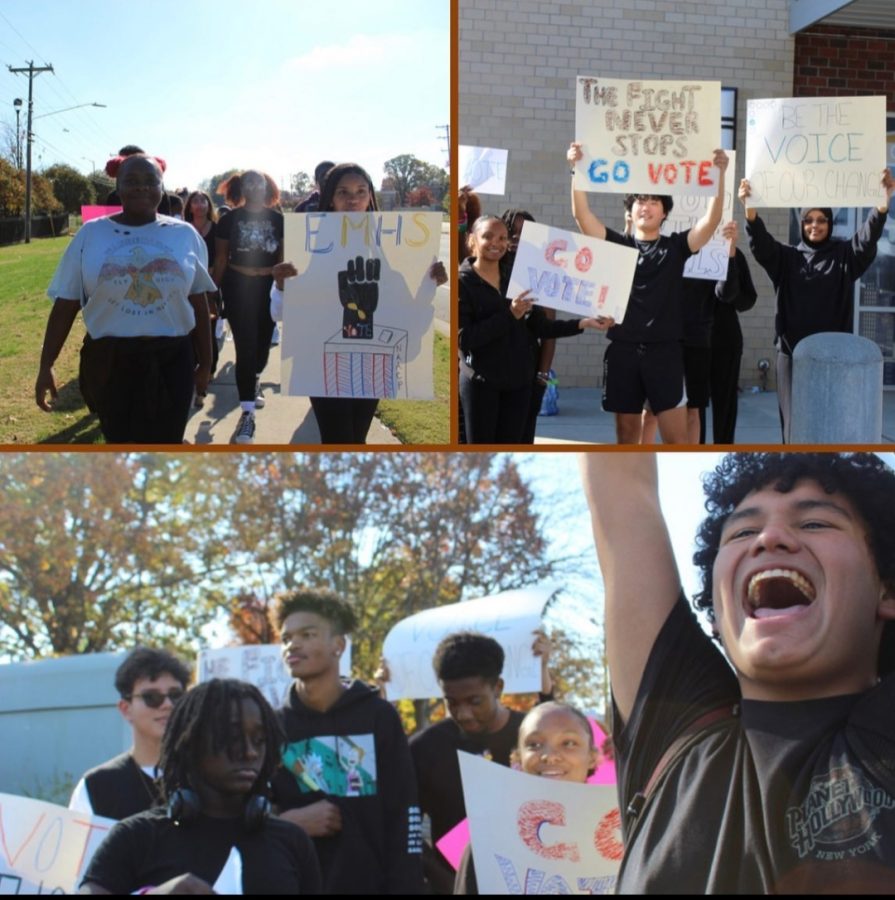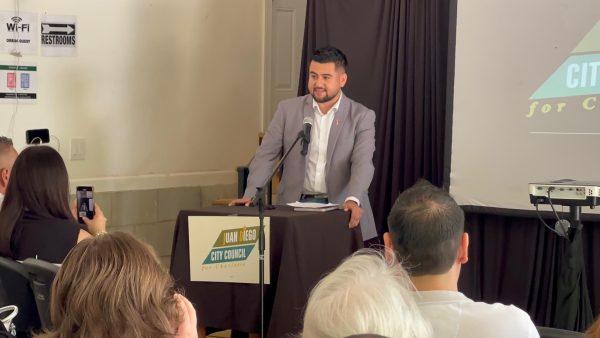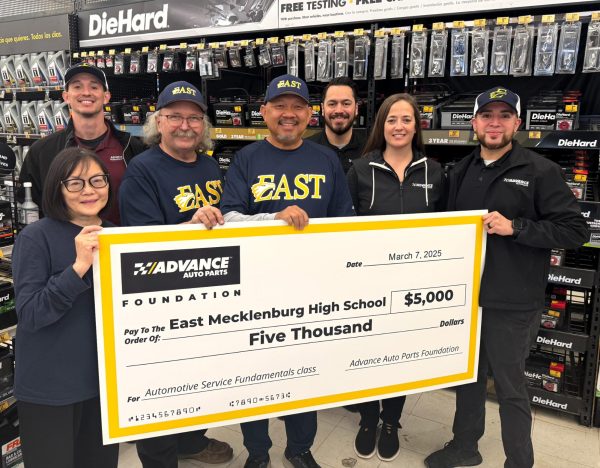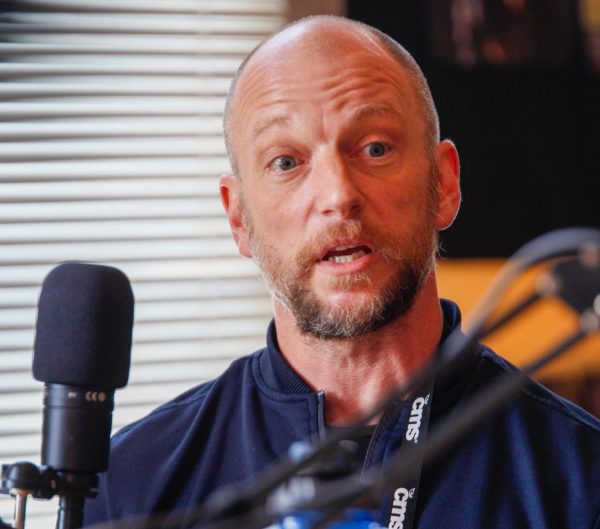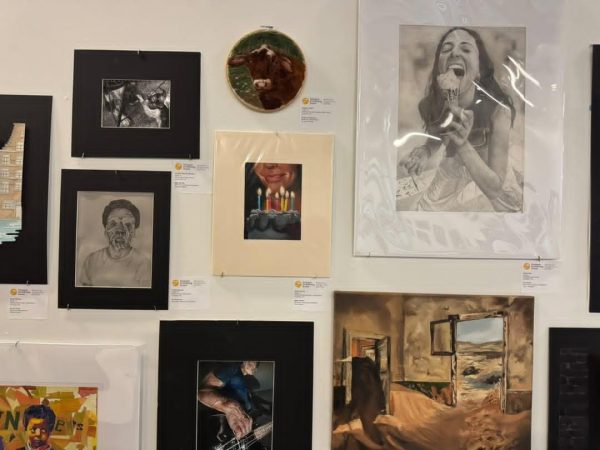Growth of NAACP
In a school with a diversity score of 0.71, the advancement of minorities is very important. Last year, the people in our school didn’t see that. But this year, the National Association for the Advancement of Colored People NAACP has improved exponentially.
NAACP is a club focused on creating a safe and equal community for minorities inside of East Meck. They try to help people who feel oppressed, promoting individuality and cultural exploration.
For a club with such an impactful purpose, last year they only had nine consistent members in the club. With such a limited number of people, senior Kumae Derege, the president of NAACP, wasn’t able to do a lot.
But with more than double the number of members this year, Derege has more opportunities to showcase what the club represents.
“With this many people now, we are able to spread the word about events using social media a lot quicker to a larger group of people,” Derege said. “We’re able to make our events public and have more participants.”
This year, at the first meeting, they had over 20 people in attendance. Members of the club are ones that participated in club activities and have come to multiple meetings, and so far, they still have had over 20 people officially become members. More members means more awareness, and more awareness means more activities for the NAACP to do.
On Nov. 3, NAACP participated in the Walk to The Polls, to advocate for people to vote in the election. They joined forces with Activism Club and Club Interact to promote voting.
“I think that it’s very important that people vote,” senior Adut Barac said. “It allows them to use their voice in our government’s future.”
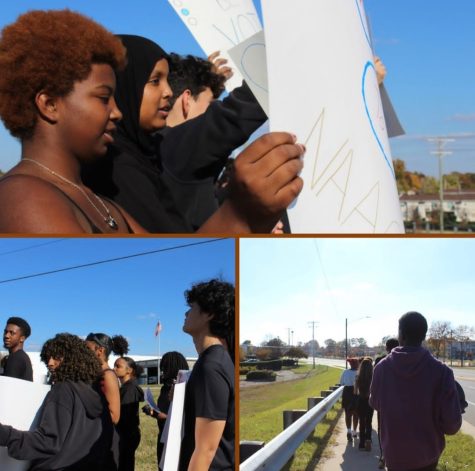
As a member of NAACP, Barac walked to the polls and advocated for people to vote. NAACP walked from East Mecklenburg High School to a bridge over Conference Road, then back to the library across the street from East Meck, and then back to East. She advocated for people to vote so that they can share their voice, and express their own opinions.
“Everyone gets to express their opinions when they vote.” Barac said. “Those opinions will help our future by making it benefit the majority of people. Not only does it help us express our opinions, but it benefits lots of communities that need the benefits, like underprivileged people of color.”
But to be able to do events and activities like this with NAACP, the club needs to have active members, which is Derege’s biggest worry.
“My biggest concern with having this huge of a group is the amount of them will actually be active in the club.” Derege said. “I get if it was because you had to work one day, or because you play a sport, but I worry that people just like to skip out on meetings.”
Derege isn’t the only one that had these thoughts when working with NAACP. Kenneth Willis, the teacher advisor of NAACP, also worries about the same thing.
“With social media and apps like Remind, you should know what schedule you will have a month from now, so when we notify people about our meetings, they should be able to make it to a lot of them,” Willis said.
Another thing Willis is worried about is if everyone will be able to talk with people. In high school, most people join a club with their friends, which splits clubs up into small friend groups. Willis wants to prevent that.
“I’m just the coach.” Willis said. “I’m just the coach, and they are the players. The players all have to have a relationship with one another, and can’t split off into their friend groups. My goal is to have all of them be interconnected with each other.”
But still, with the hardships of having a lot of people, the size of the club is something that Willis appreciates.
“When I saw those kids, all I felt was excitement, joy, and hope for the future of this club.”
Your donation will support the student journalists of East Mecklenburg High School. Your contribution will allow us to purchase equipment and cover our annual website hosting costs.

